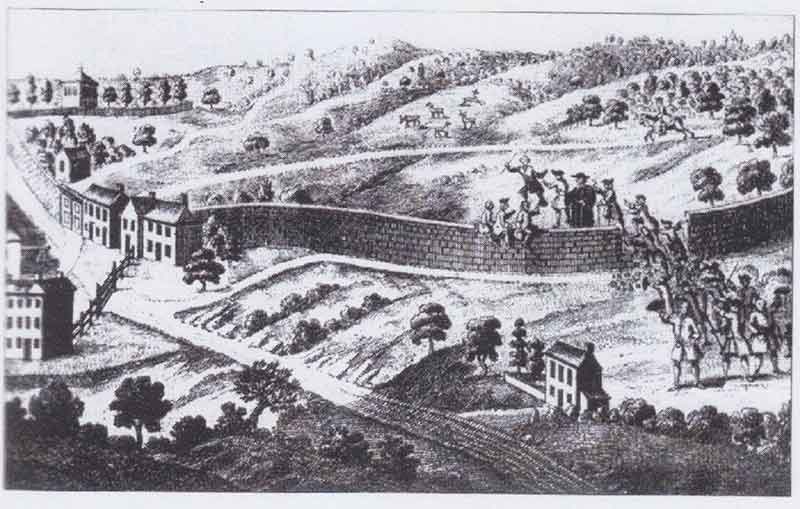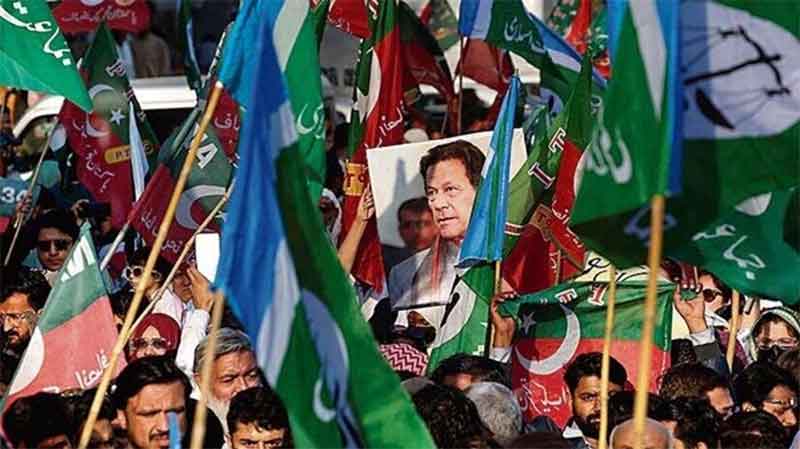
The cover has finally blown. The shadow of a slowing economy has caught up as the Periodic Labour Force Survey (PLFS) recently declared an overall unemployment rate of 6.1% in FY18, the highest in 45 years. Though the government maintains its contention with the comparability of PLFS with older data, academics and scholars across the country reiterate its credibility. However, as internal economic advisory members began expressing concern along with major complaints from the particularly distressed auto industry, the government was forced to take the crisis seriously. In a recent press-conference, Finance Minister Nirmala Sitharaman addressed the issue by announcing a slew of six steps. The merits of these steps are unclear. For example, an early criticism is the limited impact of Sitharaman’s stimulus package to increase government spending on the auto industry, which currently warns job losses of upto 10 lakhs.
Aside from such unclear impacts, the Finance Minister’s principal shortcoming lies in her neglect of the rural economy. Her proposed measures are only meant to lessen the blow on markets and the super-rich. There is no effort to understand and subsequently target the impact of the slowdown on the rural populace. Stuck between a rock and a hard place, PLFS shows how rural India has suffered a steep fall in the number of workers in agriculture. Parallelly, latest data from the Labour Bureau paints a sad picture of declining agricultural wages. Over the last six years alone, this twin-crisis has forced roughly 37 million workers out of agriculture. Given the government’s apathy towards a population that has perhaps suffered the most in this economic slowdown, the question remains, where will these workers go?
A promising answer lies in NREGA. With its two-fold objective of (i) a social protection scheme and (ii) a progressive realization of economic growth in rural India, the programme holds immense transformative power. For instance, in FY 19-20, it has had 11.9 crore active workers and benefitted close to 3.7 crore households. Unfortunately, the government has failed to recognize this magnitude. The latest NDA budget allocated a mere Rs. 60,000 crore for NREGA as compared to at least Rs 88,000 crore demanded by national coalitions like the NREGA Sangharsh Morcha just to ensure minimal functioning. The Reserve Bank of India’s recent payout of 1.76 lakh crore to the Centre is a golden opportunity in this regard. For the first time in years, the government has a chance to fill two needs with one deed. By diverting part of this money to NREGA, it will; one, generate employment both for NREGA workers and those in the implementing agencies and two, provide a robust social safety net for all those in the rural economy affected by the slowdown. Additionally, it holds the power to mitigate the agriculture crisis. There are numerous studies which show that the programme has boosted agriculture productivity through investments in land and water.
To build a stronger argument for why part of the 1.76 lakh crores need to go to NREGA, it will prove useful to first unpack the programme’s ability to target the contextual needs asserted by its workers. This will also fight NREGA’s fair share of critics who believe it is a poorly planned workfare, entrenched with corruption, inefficiencies and in general, a waste of public resources.
Over the years, coalitions like NREGA Sangharsh Morcha and independent facilitators like Sahayata Kendras have brought about a positive change in the programme by focusing on needs. For example, Sahayata Kendras in Jharkhand have worked extensively on strengthening the programme’s grievance redressal mechanisms by establishing grassroots level systems. As community-based collectives which help workers register their demands, follow up with issues as well as monitor implementation, the systems have achieved great success. So much so that Jharkhand’s Rural Development Department signed a 2-year MoU with 15 Sahayata Kendras across the state. Put simply, a substantial part of their success is attributed to the support they have received from various on-ground collectives, all of whom have come together in voicing workers differentiated needs and rights – be it unemployment allowance, insurance under the programme or pending wages.
In the field of social policy, such an effort would typically be categorized under “thick needs.” The concept is best understood through “thin needs” which refer to the bare modicum an individual might require i.e. employment. Thick, on the other hand, implies a more nuanced understanding of what this employment would look like, who will provide it, and what are the predicted impacts, goals and objectives of this? Through their determination to integrate people’s collectives into the programme, making sure workers issues are voiced, and most importantly, ensuring that grievances are heard and tackled by the responsible authorities, Sahayata Kendra’s are a great articulation of thick needs.
Other illustrations of NREGA responding to thick needs is a central government policy decision in 2015 which raised the 100-day employment guarantee to 150 in drought- affected regions. The underlying assumption was that workers will need more work in drought-hit areas, since agriculture will take a hit. Similarly, in August 2019, upon recognizing the increased distress migration to neighbouring states, the Odisha state government announced its plan to provide 200 days of employment for migrant families. Here too, the assumption lies in workers needs for more employment days as an incentive to not migrate.
Although it showed poor results in initial years, another equally interesting articulation of thick needs is asset creation. Upon acknowledging that workers needs must match the assets they produce, the government included NREGA projects in agriculture, Indira Awas Yojana, Anganwadi’s, cattle sheds, well creation, playgrounds as well works on private land. Today, apart from the number, the sheer diversity of assets is commendable.
In sum, NREGA holds within itself a moldable ability to respond and resolve worker’s needs. So as we go deeper and deeper into this slowdown, the government has in its hands a phenomenal solution through the programme. Instead of falling trap to politics of need that sway towards the market, it is time to address the rural economy and its populace, by giving part of the 1.76 lakh to NREGA. It will generate employment, for both workers and government employees responsible for implementation, and gradually arrest the economic slowdown. However, using the RBI’s own terms the question still remains, will the government continue to view NREGA as a floccinaucinihilipilification or perhaps use it as a Panglossian occasion to address the slowdown?
















































